- Your cart is empty
- Continue Shopping
Product Introduction
Triluma Cream is a prescription-only dermatological formulation that combines three active ingredients—Hydroquinone, Tretinoin, and Fluocinolone acetonide—to effectively treat melasma, a common skin condition characterized by dark, discolored patches on the skin. It helps in skin lightening, reducing pigmentation, and promoting faster skin renewal, while also providing relief from associated redness, inflammation, and itching.
This cream is particularly effective in managing melasma caused by hormonal changes during pregnancy, menopause, or long-term sun exposure. By targeting multiple pathways involved in pigmentation and inflammation, Triluma Cream works synergistically to restore a more even, radiant, and smooth skin tone.
Triluma Cream is intended for external use only and should be applied in the dose and duration prescribed by your dermatologist. Always wash and dry the affected area before applying the cream. It is important not to exceed the recommended dosage to avoid side effects such as skin thinning or irritation.
Uses of Triluma Cream
Treatment of Melasma (dark spots and pigmentation on the face)
Reduces skin discoloration and uneven tone
Promotes skin renewal and lightening
Relieves redness, swelling, and itching associated with melasma
Helps in maintaining a smoother, clearer complexion
Benefits of Triluma Cream
In Melasma:
Triluma Cream helps fade dark patches and pigmentation by reducing the production of melanin, the natural pigment responsible for skin color. It lightens existing dark spots and prevents the formation of new ones, helping to restore your skin’s natural tone and texture.
The combination of ingredients ensures multi-action benefits:
Hydroquinone reduces melanin formation for lighter skin.
Tretinoin increases cell turnover, exfoliating dull and pigmented skin layers.
Fluocinolone acetonide controls inflammation and soothes redness or irritation.
With consistent use as prescribed, Triluma Cream improves overall skin appearance, boosts confidence, and enhances complexion clarity.
Side Effects of Triluma Cream
Most side effects are mild and temporary, disappearing as the skin adjusts to the medication. However, if symptoms persist or worsen, seek medical advice promptly.
Common side effects include:
Redness or erythema
Burning or stinging sensation
Dryness or skin peeling
Itching or irritation
Acne or breakout
Dryness in the mouth
Increased sensitivity to sunlight
Rare but serious side effects:
Skin thinning or bruising
Stretch marks (on prolonged use)
Hypopigmentation (loss of normal skin color)
How to Use Triluma Cream
This medicine is for external use only.
Apply it in the dose and duration advised by your doctor.
Clean and gently dry the affected area before application.
Apply a thin layer evenly over the affected skin, avoiding contact with eyes, nose, and mouth.
Wash your hands thoroughly after applying (unless your hands are the treated area).
Apply preferably at night, unless directed otherwise.
Avoid applying other cosmetic or medicated creams at the same time unless prescribed.
How Triluma Cream Works
Triluma Cream combines three active agents that work together to treat melasma effectively:
Hydroquinone (2%) – A skin-lightening agent that inhibits tyrosinase, the enzyme responsible for melanin production. It helps reduce pigmentation and lighten dark spots.
Tretinoin (0.05%) – A derivative of Vitamin A (retinoid) that increases the turnover of skin cells, promoting the shedding of pigmented cells and stimulating the growth of new, healthier skin.
Fluocinolone acetonide (0.01%) – A mild corticosteroid that reduces redness, swelling, and irritation associated with melasma, ensuring better tolerance to the other active agents.
Together, these components target pigmentation, inflammation, and skin cell regeneration—providing comprehensive treatment for melasma.
Safety Advice
Alcohol:
No known interaction or established effect.
Pregnancy:
⚠️ Consult your doctor.
Triluma Cream may be unsafe during pregnancy. Limited human data and animal studies suggest potential harm to the developing baby. Use only if the benefits outweigh the risks as determined by your dermatologist.
Breastfeeding:
❌ Unsafe.
This medicine may pass into breast milk and cause adverse effects in nursing infants. Avoid use while breastfeeding.
Driving:
No known effect on driving ability.
Kidney & Liver:
No known interactions, but use with caution if you have underlying organ conditions. Always inform your doctor before starting treatment.
Precautions and Warnings
Avoid exposure to direct sunlight or use of tanning lamps. Always use a broad-spectrum sunscreen during the day.
Do not apply on broken, cut, or eczematous skin.
Avoid use on areas near the eyes, mouth, or mucous membranes.
Discontinue use if severe irritation or allergic reaction occurs.
Long-term or excessive use may cause skin thinning; use strictly under medical supervision.
Storage Instructions
Store below 25°C in a cool, dry place.
Keep away from direct sunlight and moisture.
Keep out of reach of children.
Replace the cap tightly after each use.
Vendor Information
- Address:
- No ratings found yet!




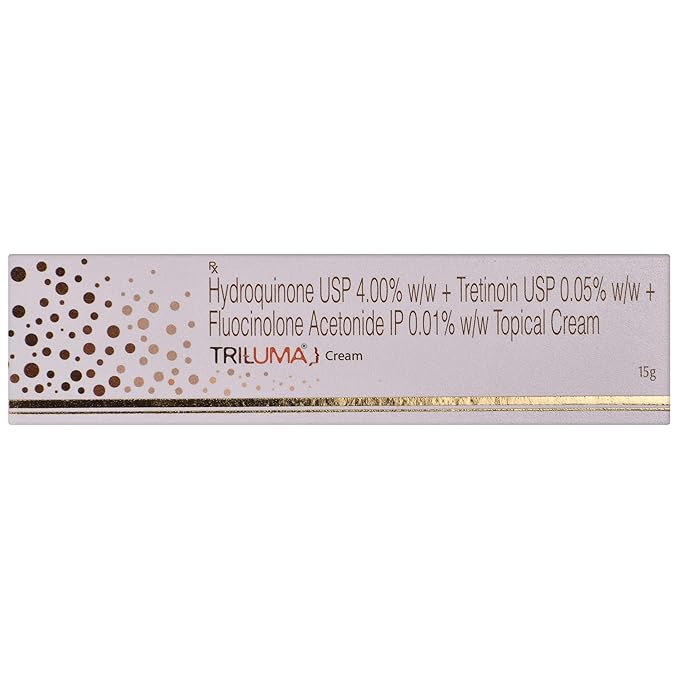
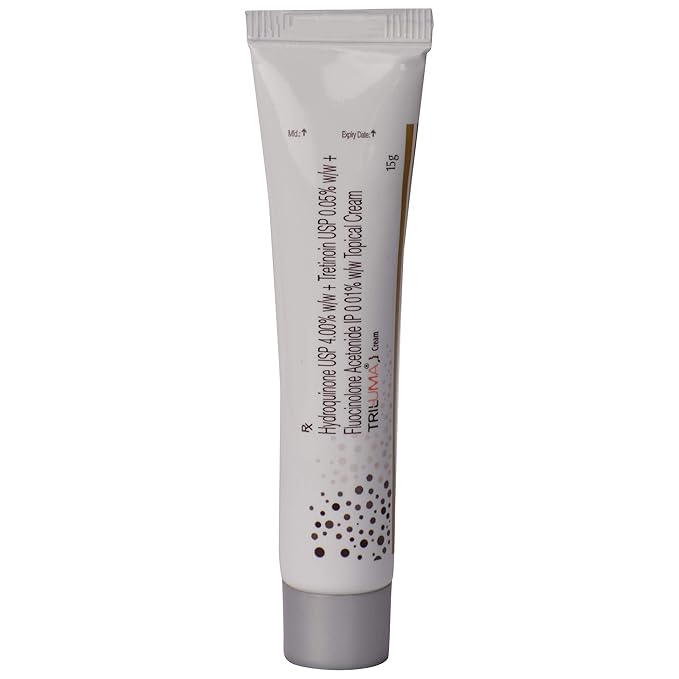
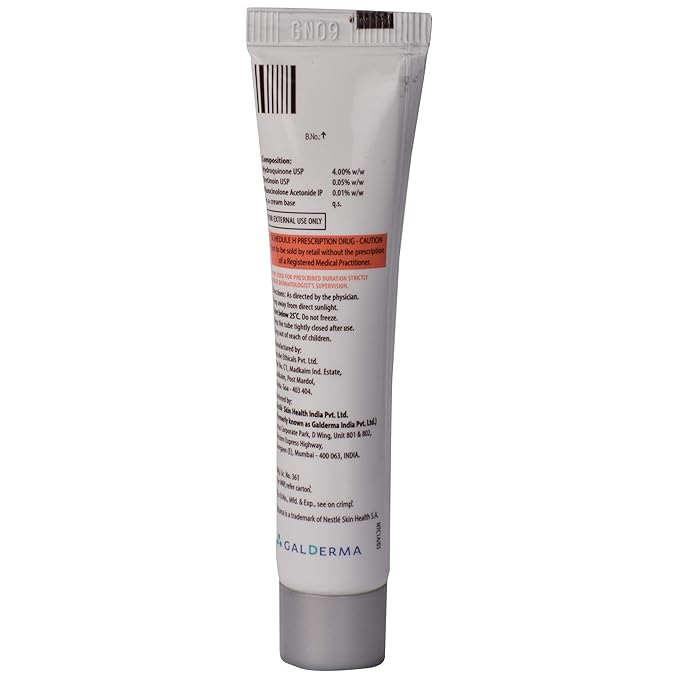
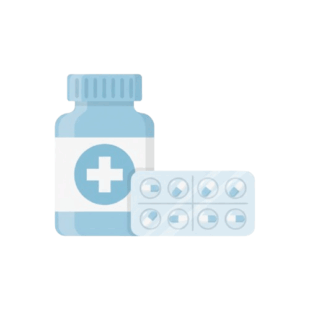
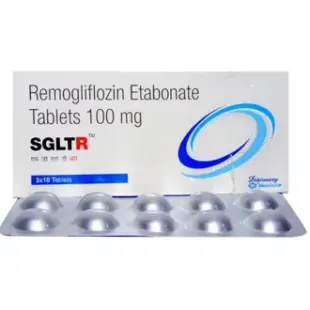
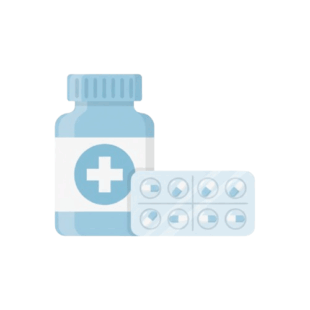
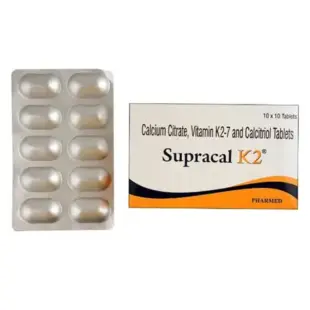
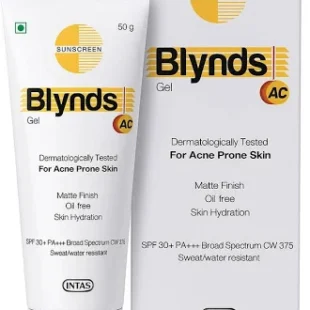
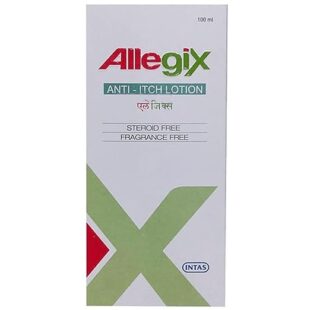
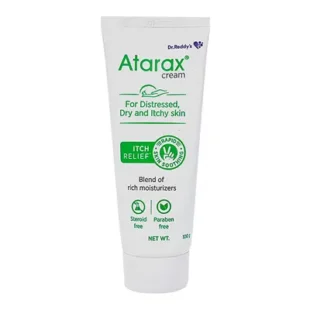
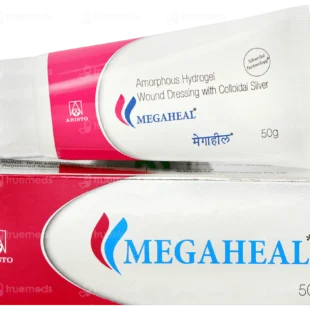
Reviews
There are no reviews yet.